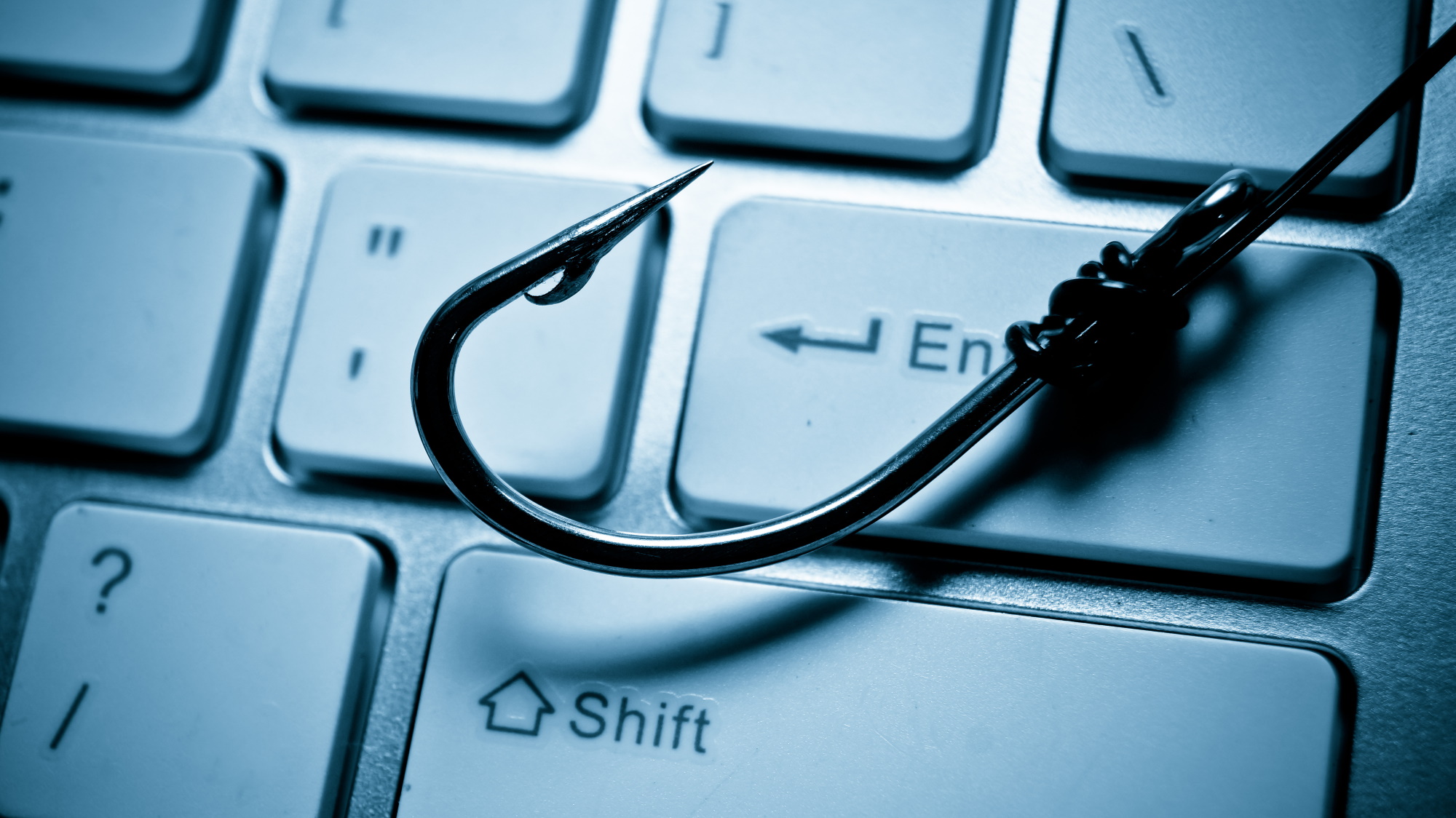
If only scammers took the summer off. Sadly, they don’t, so even while many of us have managed to leave the office for a few days at least, there’s still a danger that your email inbox is filling up with nasty threats.
The good news is that you don’t have to let that ruin your summer - we’ve put together some easy to follow tips that will ensure that any scam or dangerous emails are blocked and hidden from your inbox.
And, even if some get through, we have advice on how to spot a fake email, and the tools you can use if you accidentally open one.

Be vigilant
The most affective - and easiest - way to avoid email scams is to keep a careful eye on your inbox - even if you’re on holiday. Avoid opening emails from contacts you don’t know - and certainly don’t click on any links or open any attachments included with those emails.
Most email services should display the subject of the email and the name of the sender. If those raise any red flags - such as poor spelling, ‘spammy’ wording, and strange user names, then avoid opening them, and simply delete and block the sender.
If you do slip up and click a link or download an attachment, don’t panic, as we all make mistakes. Make sure you have good antivirus software such as Bitdefender Total Security, which offers real-time protection, malware blocking and antivirus tools to help keep you protected.

Don’t get phished
The most common email scam is known as ‘phishing’, which involves a malicious user sending you an email that is made to look like it’s from a legitimate source such as a store or bank. They will ask you to provide personal information and login credentials, and by doing so, you’re essentially giving scammers keys to your digital life.
Sadly, phishing scams are becoming increasingly sophisticated, and that can make it hard to determine if it’s a real email, or a scam. If you get a suspicious email, check for red flags, such as spelling mistakes, wrong images and more. The email address it is sent from can also be a clue, as it won’t be the official address.
Also, bear in mind that institutions such as banks will never ask you to provide personal details or login information via email. To be on the safe side, ring the business or bank the email is apparently from (using a phone number on their real website, not any number included in the email) to confirm.
Bitdefender Total Security can also help, thanks to its advanced anti-phishing protection, which detects and blocks malicious websites that pose as legitimate businesses or organisations.

Protect all of your devices
These days, it’s not just our PCs or laptops that we use to check our emails - we also use smartphones, tablets and many other devices.
That’s why it’s important to make sure that all of your devices are protected against scams, viruses and other threats.
Bitdefender Total Security is ideal for this, as it can be used with up to 15 devices in a single household, and works across multiple platforms, including Windows, macOS, Android and iOS.
Keep your passwords protected
Most email scams will try to get hold of your password and login credentials, so making sure your passwords are hard to crack is essential. Using the same password for multiple accounts should be avoided, because if one password gets compromised, it means scammers could easily gain access to all your other accounts as well.
Bitdefender Total Security has a built-in Password Manager that can help you keep on top of you security, and can ensure that when you log in somewhere - or pay for something online - you are doing it in complete safety.
It also offers a tool for suggesting strong passwords, so you can easily come up with new, uncrackable, passwords if one of your accounts gets compromised.
Get instant access to breaking news, the hottest reviews, great deals and helpful tips.
